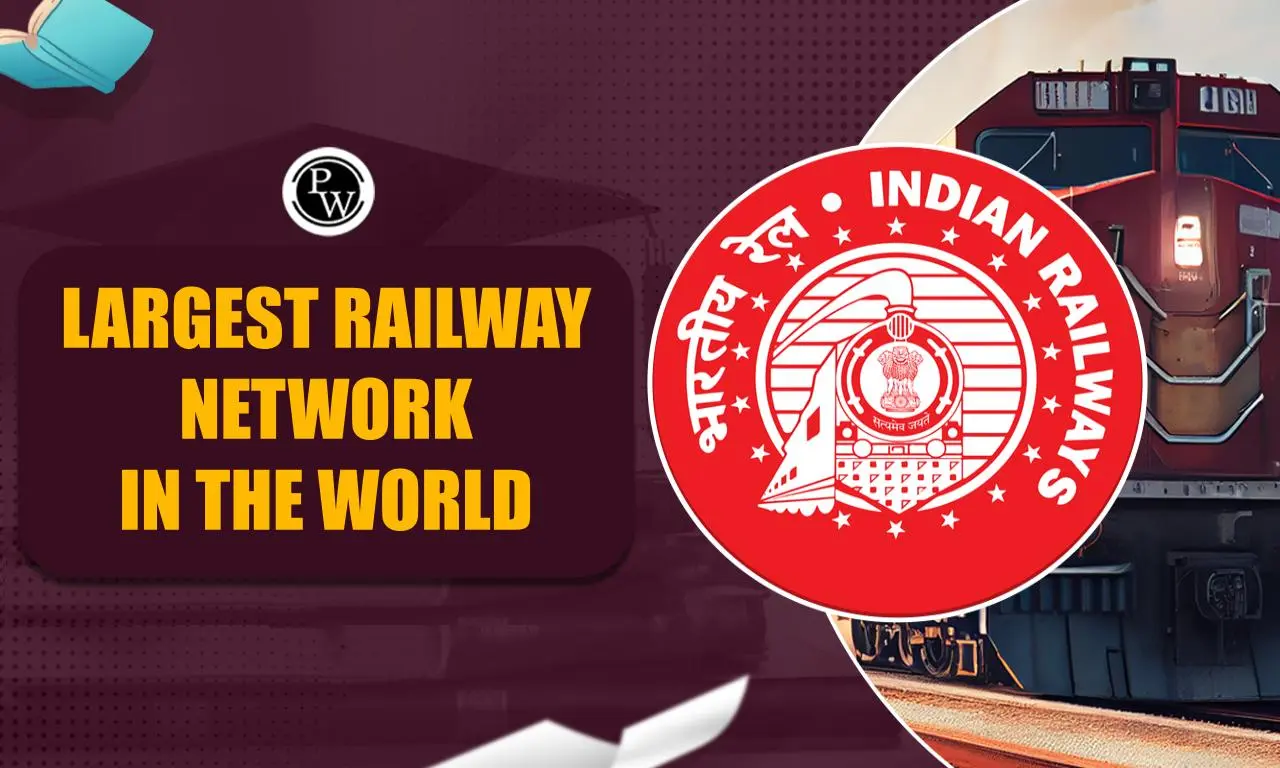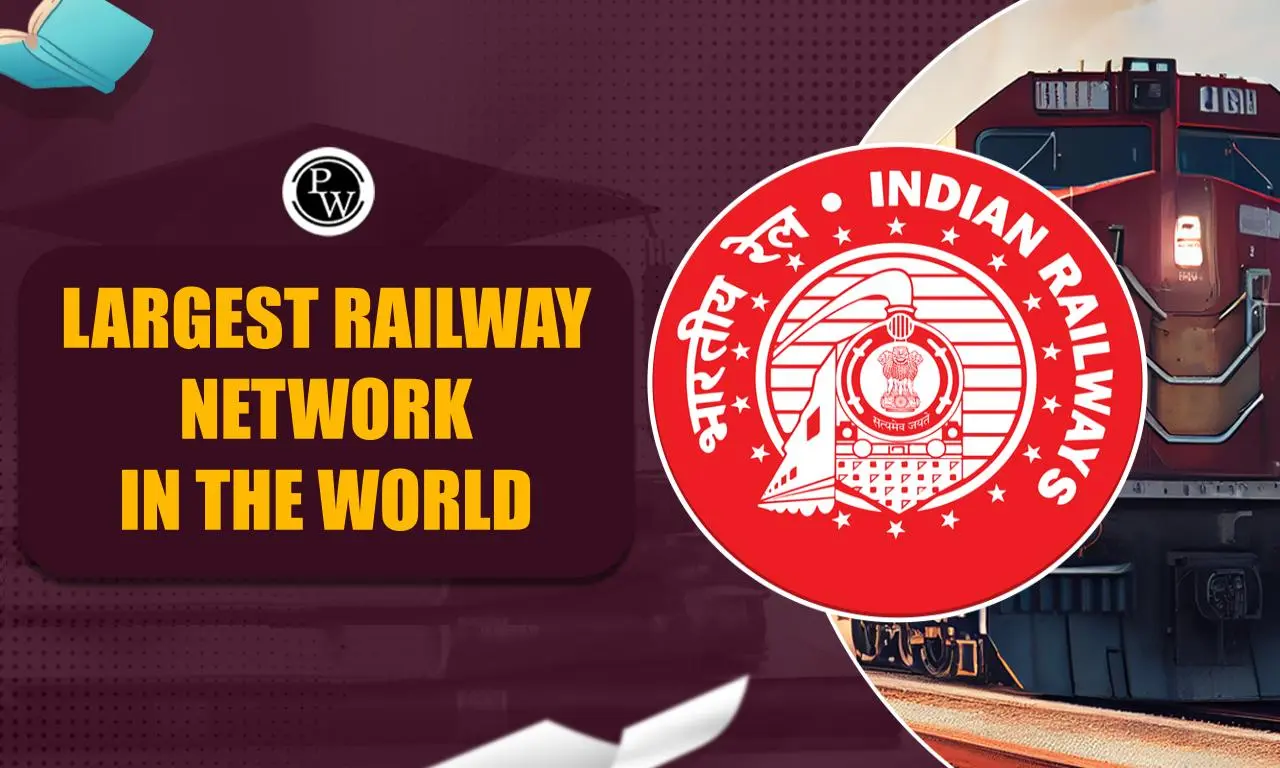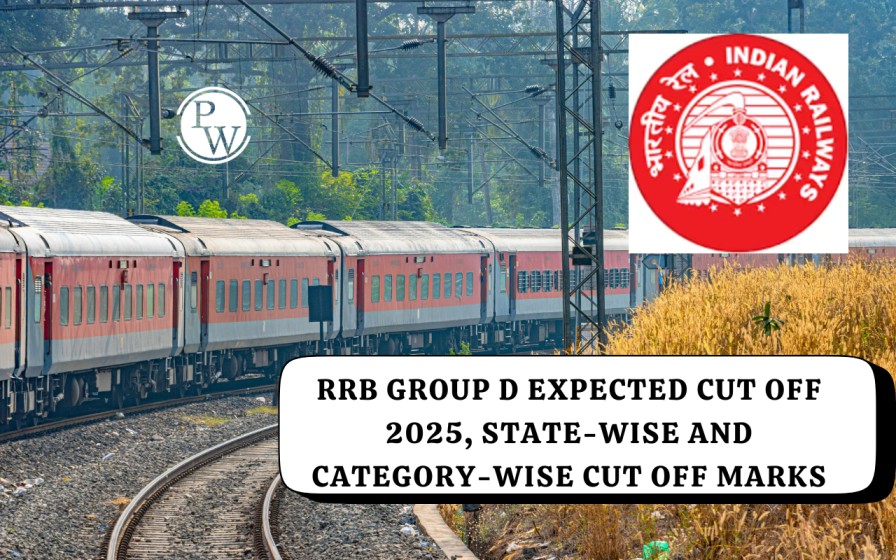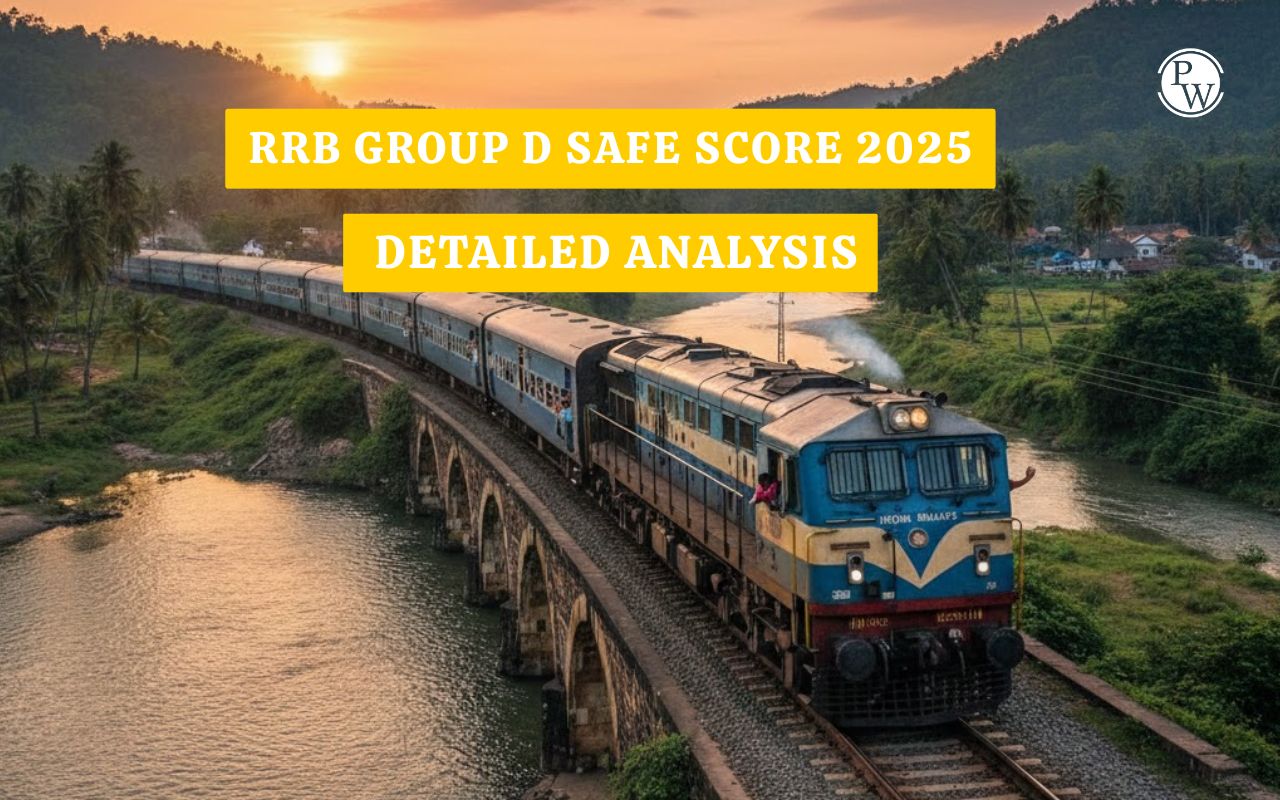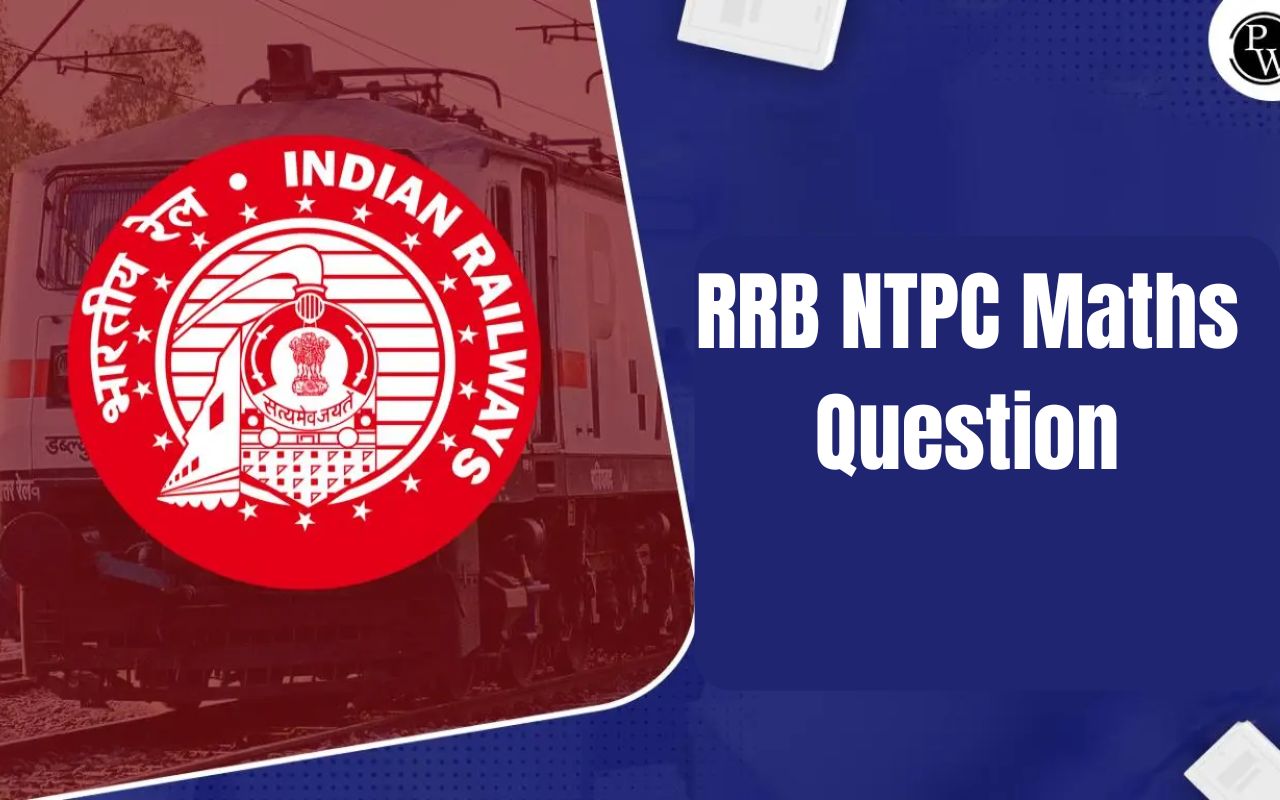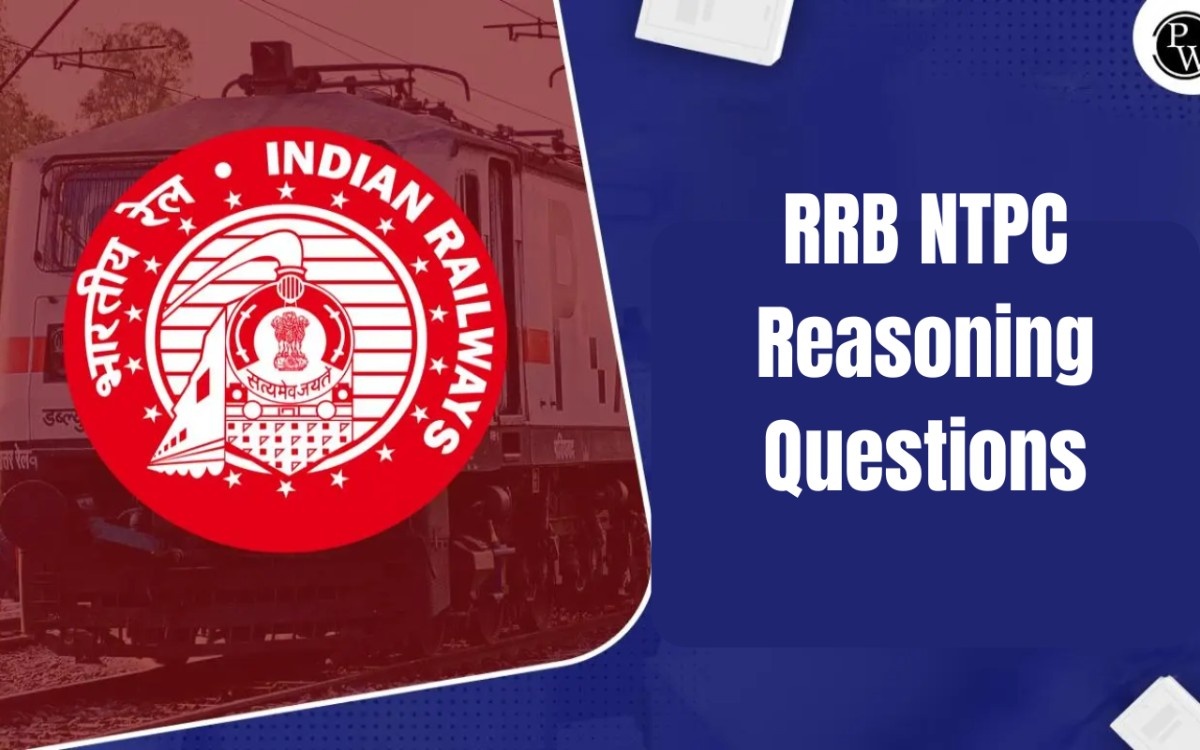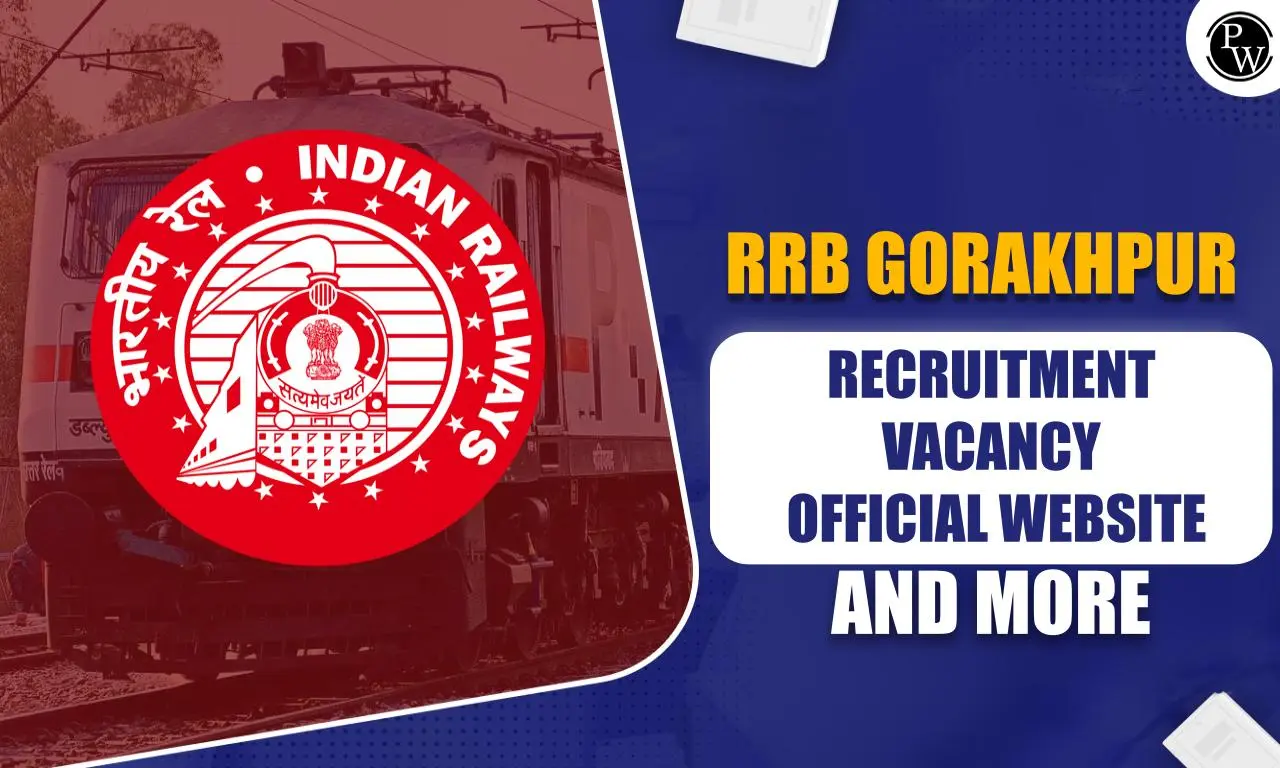Railways play a crucial role in global transportation, providing connectivity for passengers and freight across vast distances. The world’s largest railway networks are measured by their total operational length. At the forefront of railway expansion is the United States, which has the largest railway network in the world, followed by China, Russia, and India. These networks facilitate trade, passenger transport, and industrial growth. Below is a detailed look at the top 10 largest railway networks in the world based on their total operational track length.
United States – 220,044 km
The United States leads with the world’s largest railway network, covering an extensive 220,044 km. The railway system primarily serves freight transport, with private companies operating major rail services. Some key aspects include:
- The network is dominated by private freight operators such as Union Pacific, BNSF Railway, and CSX Transportation.
- Passenger services are managed by Amtrak, which provides long-distance and regional connectivity.
- The Transcontinental Railroad, completed in 1869, played a historic role in linking the country from coast to coast.
- Despite its vast size, only 0.92% of the network is electrified, as diesel-powered locomotives remain predominant.
China – 159,000 km
China has the second-largest railway network in the world, with a total length of 159,000 km. The Chinese railway system is known for:
- The largest high-speed rail (HSR) network globally, spanning over 42,000 km.
- Rapid expansion under the China Railway Corporation, with heavy government investment.
- A well-developed freight network, supporting China's industrial and trade activities.
- Extensive electrification, with 66.67% of the network electrified for improved efficiency.
China continues to expand its railway infrastructure, integrating more high-speed and freight corridors to enhance domestic and international connectivity.
Russia – 105,000 km
Russia's railway network, spanning 105,000 km, ranks as the third-largest globally. The system is managed by Russian Railways (RZD) and features:
- The iconic Trans-Siberian Railway, the longest railway line in the world at 9,289 km.
- A mix of freight and passenger services, with railways playing a key role in the country's economy.
- Significant electrification, with 51.48% of the network powered by electric trains.
- Railways serve as a crucial link between Europe and Asia, handling large volumes of oil, gas, and coal exports.
India – 68,584 km
India’s railway system is one of the busiest in the world, operating across 68,584 km of tracks. Managed by Indian Railways, it is known for:
- Being one of the world’s largest employers, with over 1.2 million employees.
- A 90.52% electrified network, making it one of the most electrified railway systems globally.
- A diverse range of services, from super-fast express trains to local passenger trains.
- A significant freight network, transporting coal, cement, food grains, and industrial goods.
India is rapidly expanding its high-speed rail projects, with the Mumbai-Ahmedabad Bullet Train being a major initiative.
Canada – 49,422 km
Canada’s railway network, spanning 49,422 km, is primarily freight-oriented, supporting the country’s trade and exports. Key features include:
- Major railway companies like Canadian National Railway (CN) and Canadian Pacific Railway (CP).
- Passenger services primarily provided by VIA Rail, with limited high-speed options.
- Only 0.20% of the railway network is electrified, as diesel locomotives dominate.
- A vital trade link with the United States, facilitating cross-border transportation.
Despite its lower passenger volume, Canada's railway network plays a crucial role in the country's economic infrastructure.
Argentina – 36,966 km
Argentina has the largest railway network in South America, with a total length of 36,966 km. The country’s railway system includes:
- A combination of freight and passenger services, with major urban rail networks.
- Three different track gauges across the system affect interoperability.
- Ongoing modernization efforts, including investments in Buenos Aires’ commuter rail system.
Despite a period of decline due to competition from road transport, Argentina is focusing on revitalizing its railway infrastructure.
Germany – 33,351 km
Germany has one of Europe’s most efficient railway systems, covering 33,351 km. Managed by Deutsche Bahn, the system features:
- A well-integrated high-speed rail network, including the Intercity Express (ICE).
- Extensive electrification, with 55.38% of the network powered by electric trains.
- A key role in European freight transport, connecting major economic hubs.
- A combination of state-owned and private operators, improves service efficiency.
Germany’s railway modernization efforts continue to focus on sustainability, high-speed expansion, and improved connectivity.
Australia – 33,168 km
Australia's railway network spans 33,168 km, serving freight and passenger needs across its vast landscape. Key highlights include:
- A dominant freight network, particularly for mining exports.
- Limited high-speed or commuter rail options, except in major cities like Sydney and Melbourne.
- A mix of private and government-operated railway companies.
- Large distances between cities make air travel a more popular option for passengers.
Australia continues to invest in urban rail projects and regional connectivity, with new metro lines under development.
Brazil – 29,817 km
Brazil has a railway network of 29,817 km, primarily focused on freight transport. Key characteristics include:
- A major export route for minerals, soybeans, and agricultural products.
- Limited passenger rail services, mostly concentrated in São Paulo and Rio de Janeiro.
- Efforts to expand urban rail systems, including metro and commuter trains.
Brazil’s railway infrastructure is crucial for its economy, though passenger transport remains underdeveloped compared to other large networks.
France – 27,483 km
France’s railway network, spanning 27,483 km, is renowned for its high-speed rail (TGV) system. Key features include:
- One of the most advanced high-speed networks in the world.
- Extensive electrification, with over 53.59% of the network powered by electric trains.
- Managed by SNCF (Société Nationale des Chemins de fer Français), the national railway company.
- A strong focus on passenger rail, with both domestic and international routes.
PW provides Railway exam related content including sample papers, mock tests, guidance sessions, and more. Also, enroll today on Railway Online Coaching for preparation.

